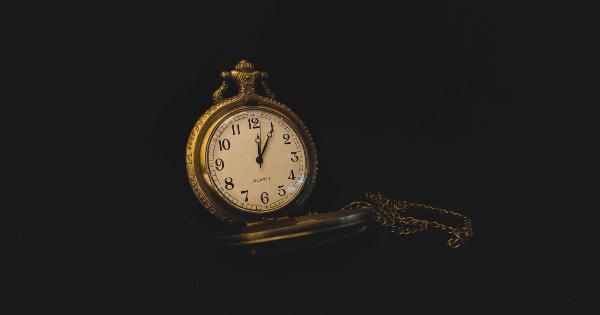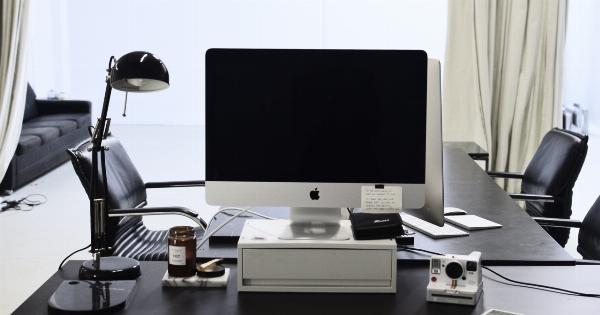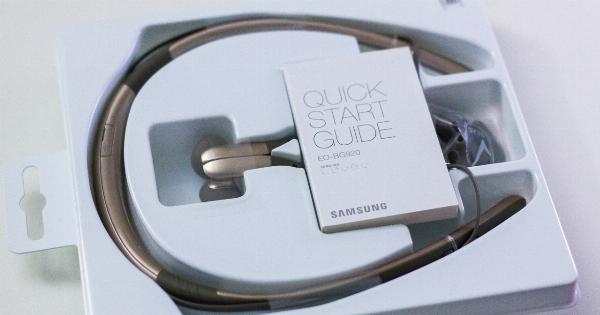Do you often forget important dates, appointments, and even names? Forgetfulness can be frustrating, especially when it can lead to missed opportunities, embarrassments, and disappointments.
Fortunately, there are effective ways to improve your memory and boost your recall ability. These two SOS techniques can help you remember better:.
1. The Memory Palace Technique
The Memory Palace technique is a popular mental strategy used to remember long lists, speeches, or any other information that requires sequential recall.
It involves creating a visual and spatial map of a place you are familiar with, like your home, school, or office. Then, you mentally place the items you need to remember in specific locations in your Memory Palace.
For example, if you need to remember a shopping list of six items, you could create a mental map of your home and associate each item with a specific room or object in your house.
If your first item is milk, you could visualize a bottle of milk in the refrigerator. The second item, bread, could be a loaf of bread on the kitchen counter. The third item, eggs, could be a carton of eggs in the pantry cupboard, and so on.
To use this technique, you need to:.
- Choose a familiar and well-known place that you can mentally recreate in detail.
- Visualize and map out this place in your mind, including the landmarks, rooms, and objects.
- Associate the item you want to remember with a specific location or object in your Memory Palace.
- Practice mentally walking through your Memory Palace and recalling each item in the correct order.
The Memory Palace technique works by creating strong visual and spatial connections between the items you want to remember and the specific locations in your Memory Palace.
This not only makes it easier to recall the items, but it also helps you remember them in the correct order without confusion.
2. The Mnemonic Technique
The Mnemonic technique is another effective memory aid that involves using mental associations between the new information you want to remember and pre-existing knowledge or memories you already have.
This technique works particularly well for remembering lists of random words, numbers, or names.
For example, if you need to remember a list of words such as “horse, apple, book, sun, ball, chair,” you could create a mental image of a horse eating an apple while reading a book under the sun, and then throwing a ball at a chair.
By connecting the new words with a coherent and memorable story, you are more likely to remember them later.
To use this technique, you can:.
- Break down the new information into smaller, more manageable chunks.
- Create associations between each chunk and something you already know or remember well.
- Use sensory details, such as colors, sounds, smells, and emotions, to make the associations vivid and memorable.
- Practice repeating the associations until you can remember them easily.
The Mnemonic technique works by creating strong and meaningful connections between the new information and pre-existing knowledge or memories in your brain.
By giving your memory something to hold on to, you can increase your recall ability and reduce forgetfulness.
Conclusion
Remembering important information can be challenging, but it is also crucial for success in many areas of life.
By using these two SOS techniques, the Memory Palace and the Mnemonic technique, you can improve your memory and boost your recall ability in a fun, engaging, and effective way. So why not give them a try and see for yourself?.





























